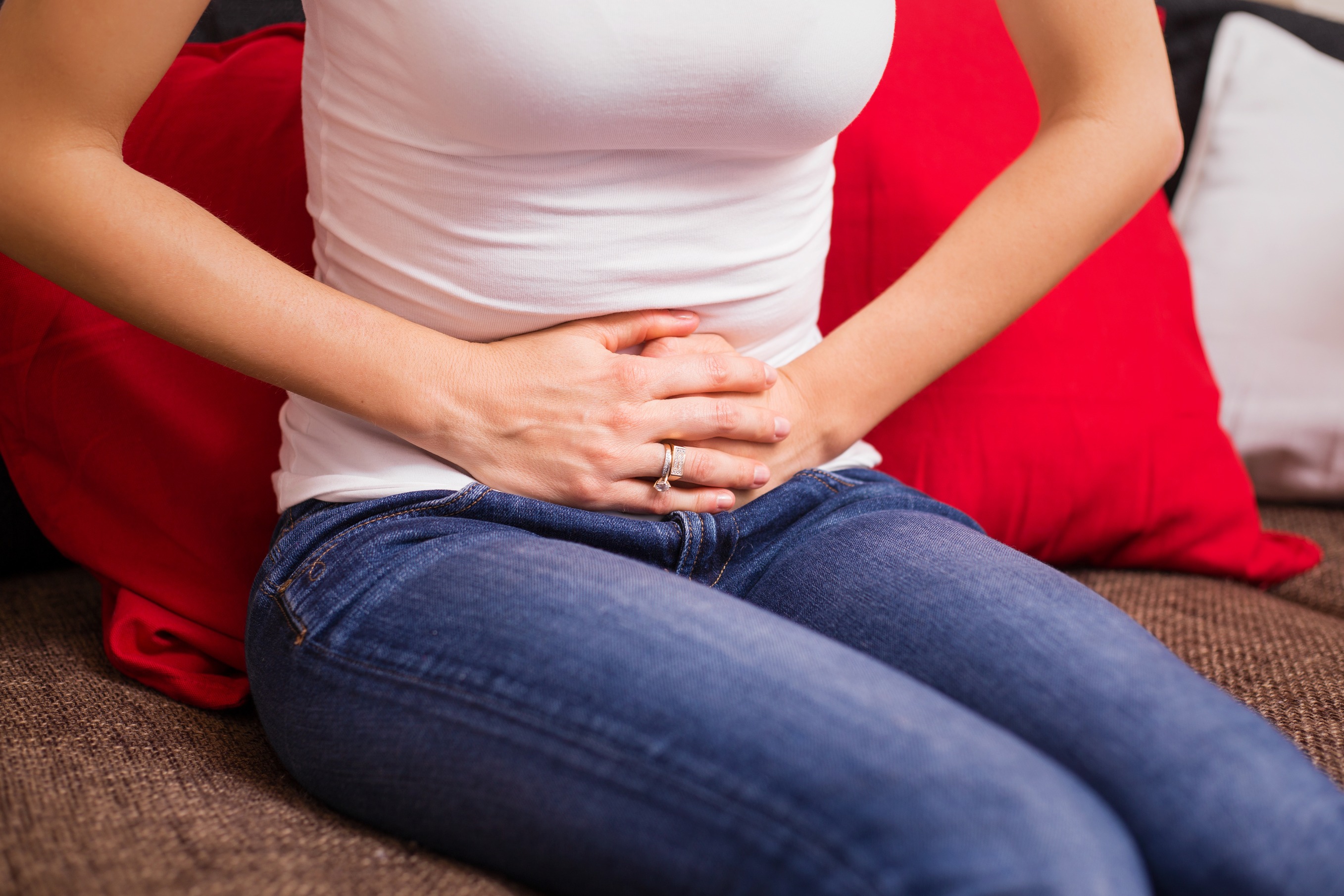Pelvic pain is a noncyclical pain that originates below the belly button in the anterior lower abdomen, including sexual organs. The pain may develop from many diseases and conditions such as menstruation, appendicitis, and bladder problems. Although pelvic pain in New York affects mostly women, it also affects men. In women, pelvic pain might be an additional indicator of a problem in one of their reproductive organs.
The following are eight causes of pelvic pain you should be aware of;
1. Irritable Bowel Syndrome
Irritable bowel syndrome (IBS) is a chronic functional illness whose symptoms include painful cramps in the pelvic and abdominal sections. Bowel movement is also associated with IBS symptoms whose treatment includes changes in diet, stress management, and medications.
IBS-C condition is a subdivision of irritable bowel syndrome, which involves abdominal symptoms alongside constipation which results in less frequent and hard stool with difficulties to pass.
2. Premenstrual Syndrome
Besides painful ovulation, this condition involves long days of pelvic pain and discomfort outside the pelvic area, such as headache, back pain, and tender breast. Lifestyle changes alongside over-the-counter anti-inflammatory medications often reduce Premenstrual syndrome (PMS) symptoms.

3. Menstrual Cramps
Primary menstrual cramps occur when the uterus contracts to remove the endometrial lining when the embryo is not implanted on it, while secondary menstrual cramps are a result of endometriosis, fibroids, ovarian cysts, and pelvic inflammatory diseases. Medication, home remedies, and change in lifestyle can bring the condition under control.
4. Appendicitis
Appendicitis is abdominal pain in the lower right-side pelvic caused by the inflammation of the appendix, which occurs along with nausea, vomiting, and fever. The infected appendix requires removal by a surgeon because it may burst and infect the peritoneum leading to a life-threatening condition. The appendix removal may occur via a small or large incision in the abdomen.
5. Ectopic Pregnancy
Ectopic pregnancy is an embryonic growth outside the uterus, which can cause sharp pelvic pain on one side of the body. Its symptoms include vaginal bleeding, nausea, and dizziness. During the early stages of an ectopic pregnancy, medical treatment might work, but if bleeding prolongs or the fallopian tube burst, the patient has to undergo surgery.
6. Pelvic Inflammatory Disease
Pelvic Inflammatory Disease (PID) is an inflammatory and infectious complication as a result of a sexually transmitted disease such as gonorrhea that causes damage to the fallopian tubes, ovaries, and uterus. The symptoms of PID include pelvic pain that stretches to the abdomen, abnormal vaginal discharge, and pain during intercourse or while urinating. Although some women require surgery, in some cases, antibiotics can cure PID. If uncured, PID may result in infertility, ectopic pregnancy, or chronic pelvic pain.

7. Kidney Stones
Kidney stones compose of crystals that form in the kidney or ureter, a tube that carries urine from the kidney to the bladder. Kidney stones result in flank and pelvic pain as they irritate the ureter tissues while passing through it. Sometimes, the urine may contain blood due to the irritation caused by kidney stones. Although most of the smaller kidney stones move spontaneously, some stones can cause obstruction. The condition requires urologists to decide the best treatment for their patients.
8. Pelvic Congestion Syndrome
Pelvic congestion syndrome is a disorder that causes the pelvic veins to become swollen and painful as a result of a low flow of blood. Although the pain increases by standing and sitting, they might be reduced by laying down. Pelvic congestion syndrome treatment involves medication that stops blood flow in the affected veins.
Conclusion
Pelvic pain is a noncyclical pain that originates in the anterior lower abdomen. The disease affects both genders. Some of its causes include; irritable bowel syndrome, premenstrual syndrome, appendicitis, and pelvic congestion syndrome. In case of any of the above syndromes, you will need to visit a physician before your condition worsens.

